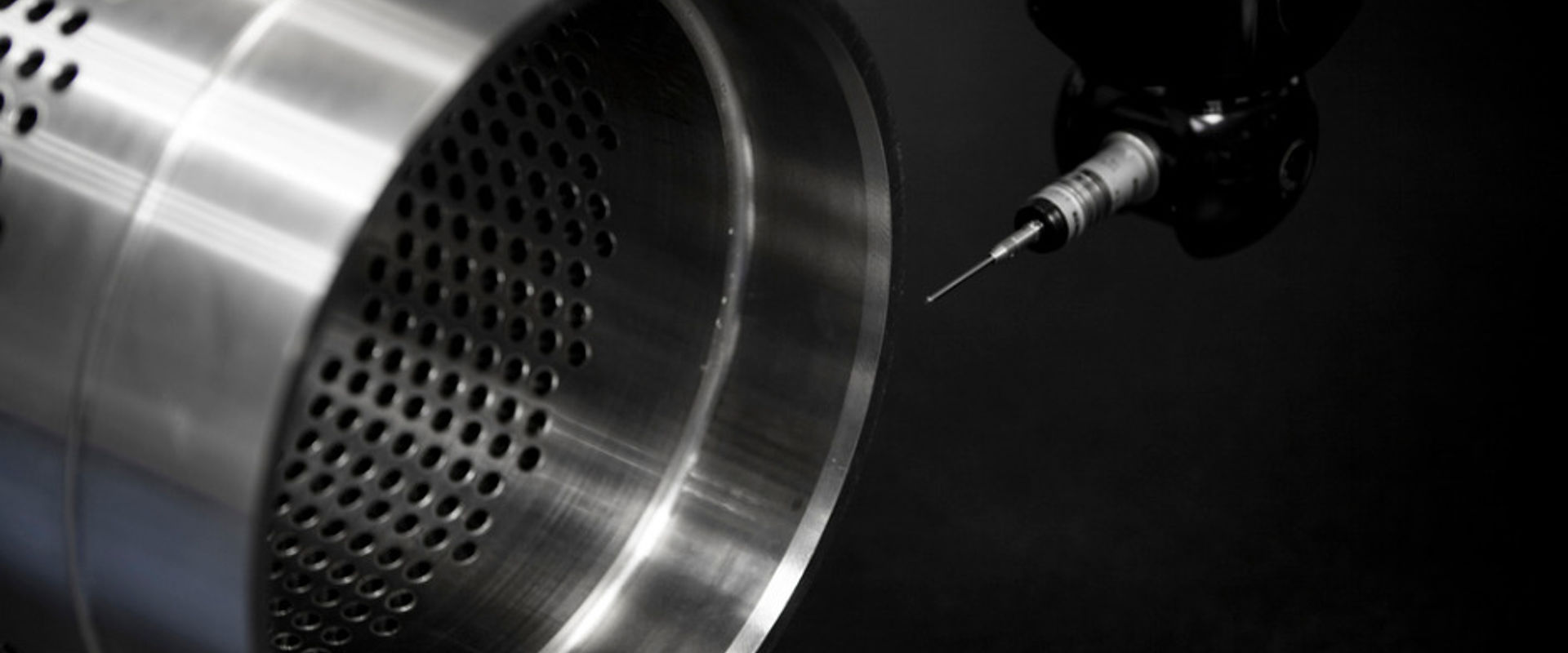
New standards for nano-testing
Challenge
Friction and wear in industrial processes waste energy and degrade materials. Durable engineered surfaces that reduce friction and wear, based on nanoscale surface coatings, can be used to develop high-performance products and improve process efficiency in transport, energy generation, manufacturing and mineral extraction.
Low-friction thin-film nanomaterial coatings are increasingly applied to components to protect their surfaces and extend in-service life by reducing wear due to friction - for example, thin diamond-like coatings are applied to drill bits to prevent material loss at the nanoscale.
The design and manufacture of improved components with nanomaterial coatings require a good understanding of the coatings mechanical properties and how well they adhere to the underlying bulk material. The current practice of using tests designed for performance testing of high friction materials such as those used in vehicle clutch and brake mechanisms can lead to inaccurate results for low-friction coating applications.
A number of new test methods have been developed to test the low friction properties of diamond-like coatings, for example, a ball in contact with a spinning disc can be used to assess resistance to movement by a surface. Another test method that enables durability testing of material surfaces under near in-service conditions is nano-scratch testing. This technique uses a sharp stylus to create a scratch on the material’s surface. The resistance to this movement and the depth of the scratch produced indicate surface wear properties important for inservice performance. Currently there is a lack of written standards outlining how to robustly and consistently conduct these tests, placing industrial reliance on inappropriate and time consuming techniques designed for materials with vastly different friction and wear properties.
Solution
The EMRP project Metrology to assess the durability and function of engineered surfaces investigated methods to accurately measure the applied load during testing - a key parameter in determining a materials friction coefficient. It also investigated how these measurements experience small changes over time due to instrument drift. Extensive testing of nano-material coatings using both ball on spinning disc and nano-scratch testing has increased the understanding of these measurement methods for low-friction and wear measurements on engineered surfaces. This has enabled the project to propose good measurement practices for conducting these types of friction and wear testing which will contribute to increased industrial test accuracy.
Impact
The project’s good practice guidance on the ball-on-disc friction test method has contributed to a new international standard ISO 18535:2016: Diamond-like carbon films - Determination of friction and wear characteristics of diamond-like carbon films by ball-ondisc method. The guidance developed on nano-scratch testing will also be used in a new standard being developed by the CEN Technical Committee on Nanotechnologies.
Having these new documentary standards issued, specifically written for measurements of diamond like coatings and engineered surfaces will support European industry’s wider efforts to improve the quality and harmonisation of measurements of nanomaterial properties. High-quality, comparable data will improve understanding of nanomaterial coatings and support the development of improved high-performance products, with longer lifetimes and greater efficiency. Transport, energy generation, manufacturing and mineral extraction are just some of the industrial users who will benefit from optimising the design of engineered surfaces as a result of standardised test methods.
- Category
- EMRP,
- Industry,
- Standardisation,